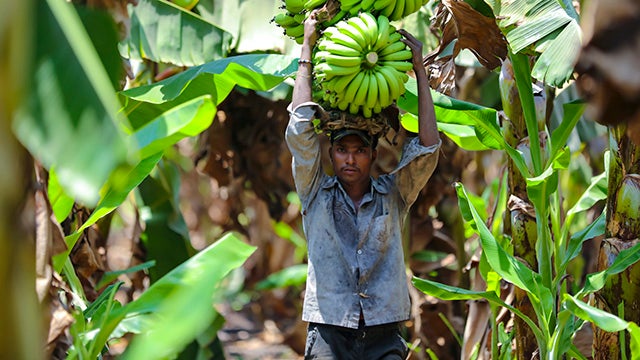I recently picked up my visa for today’s long — very long — trip to Vietnam as part of The Aspen Institute’s support for the US-Vietnam Dialogue Group on Agent Orange/Dioxin. Work on this issue can feel a bit abstract without seeing the damaging effects of Agent Orange first hand.
Taking the conversation to Vietnam — and visiting the hospital wards, clinics, and humble rural huts where our delegation will travel — makes the Agent Orange legacy in Vietnam all too concrete. But our visit will highlight solutions as well. We will see what is already being done in cost-effective, well-run pilot programs to assist people with disabilities linked to dioxin exposure. We’ll learn about efforts to prevent further exposure. And we’ll discuss practical steps that US businesses, NGOs, and government can take to dramatically scale up these efforts. Americans like solutions, and this is one humanitarian crisis that we can do something about.
Our gentle readers are perhaps aware that the US military sprayed some 12 million gallons of Agent Orange and other herbicides to clear away the jungle canopy in southern Vietnam that hid enemy movements. Agent Orange in particular was contaminated with dioxin, a deadly toxic chemical linked to specific cancers, nerve and heart diseases, and birth defects in the children of those exposed. After a long legal struggle and impassioned advocacy, many US veterans receive compensation and health care when they or their children exhibit some of these conditions.
US soldiers who were exposed were typically healthy young males. Imagine the extent of the potential problems in Vietnam, where those sprayed included men, women and children of all ages. Many just happened to be working their fields when the aircraft passed over. Many were sprayed numerous times over the several years that Agent Orange was in use. An estimated 4.5 million Vietnamese were exposed. Genetic damage associated with dioxin can mean that children and even grandchildren of those exposed are at risk. Although causality is impossible to prove in individual cases, birth defects and cancers occur in massive numbers in Vietnam. They are similar to those for which US veterans are compensated. We will hear from Vietnamese officials about the government’s benefits for its veterans. The needs, however, are far larger. Sadly, we will see plenty of evidence of those needs.
The land suffers as well. Agent Orange was sometimes sprayed at 50 times the recommended concentration. About 5 million acres of forests and crops were destroyed — an area the size of Massachusetts. Some former croplands now support only tough weeds known as “American grass.” Experts in toxic waste disposal have identified some 28 designated “hot spots” where a high concentration of dioxin remains in the soil. We will visit one — a dreary moonscape just off the north end of a commercial runway at Da Nang’s bustling airport. It’s the place where US military personnel loaded aircraft with Agent Orange, and where — inevitably — much of the herbicide leaked or spilled. The ground still smells of weed killer — “like a farm store back in Iowa” — as Senator Tom Harkin put it after his visit last year. We will need to wear shoes that we can throw away after walking on the hot spot. It’s that dangerous — some 40 years after the last spraying mission flew out of what was then the massive Da Nang air base.
We will be traveling with leaders of civic organizations. religious groups, environmentalists, disability rights activists, and former Members of Congress. Our mission is to see for ourselves what this toxic legacy looks like and to strategize about promoting a more comprehensive US response. I will post an update mid-trip and some reflections after we return. In the meantime, check out what Connie Schultz, a phenomenonally gifted and empathetic columnist, found on her own journey from hometown Ohio to Vietnam.

